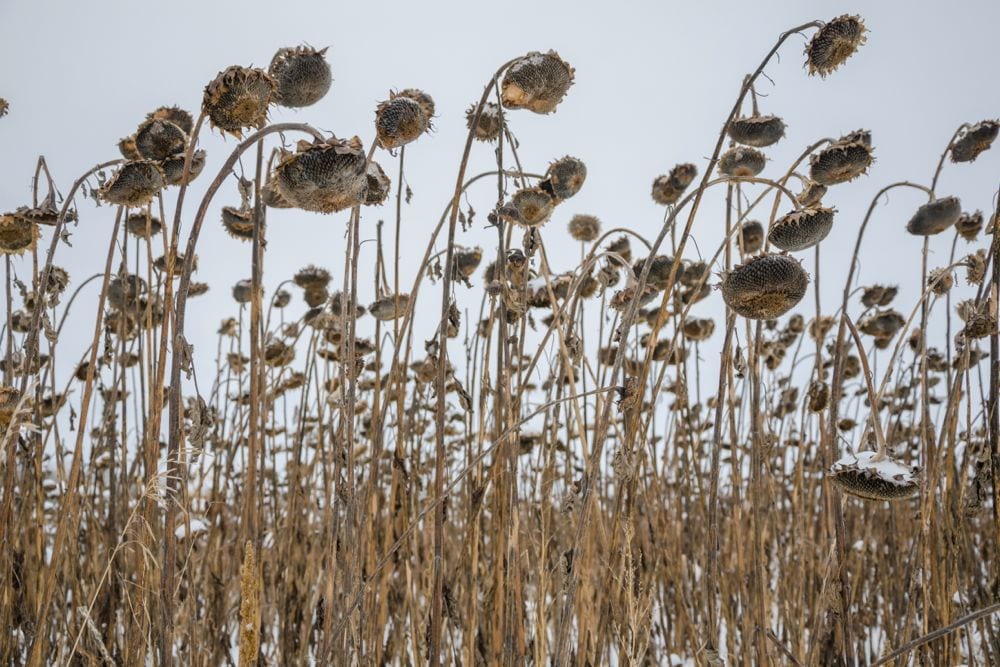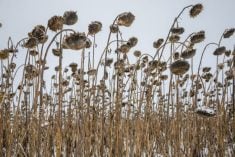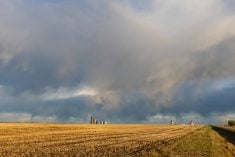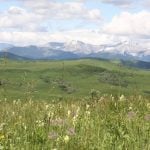Glacier FarmMedia – While much of the Prairies received above-normal amounts of precipitation during the month of February, the additional moisture did little to alleviate dry conditions according to Agriculture and Agri-Food Canada’s (AAFC) Canadian Drought Monitor (CDM).
With the exception of the northeast corner of Manitoba, the entire Prairie region was considered to be abnormally dry (D0) or worse, including the whole agricultural landscape. All three provinces in the Prairies had areas of extreme drought (D3), while parts of southeastern Alberta were under exceptional drought (D4). By comparison, only 60 per cent of the Prairies and 78 per cent of agricultural areas were abnormally dry at the same time last year, with no areas under D3 or D4.
Read Also

Prairie forecast: Warm start, then cooler
Prairie forecast calls for warm temperatures to give way to cooler, wetter weather week of Oct. 22-29.
Only the Peace River region in Alberta and parts of southern Manitoba received less-than-normal amounts of precipitation. However, long-term precipitation deficits, poor water supplies and a small snowpack hindered relief. Normal amounts of precipitation in February for most areas in the Prairies range from 10 to 20 millimetres.
Severe (D2) and extreme drought expanded in Alberta over the past month, especially in northern and central areas. However, there was a small improvement to drought conditions in southern Alberta. Currently, 51 river basins covering more than half of the province’s agricultural land are experiencing critical water shortages. The Oldman and St. Mary’s Reservoirs are at less than half of normal levels at this time of year, while municipalities in the southwest have trucked in water because of low levels.
Saskatchewan received below-normal precipitation in northern parts of the province, but also had above-normal levels in remaining areas. However, above-normal temperatures and exposed soils losing moisture through evaporation and freeze-drying will ensure dry conditions in the short-term. The South Saskatchewan River, which feeds into Lake Diefenbaker, is at its second-lowest level in 23 years. Lake Diefenbaker, currently at water levels two metres below normal, provides water to nearly 70 per cent of the province’s population.
Much of southern Manitoba only received 40 per cent of normal precipitation in February and most of the province experienced mean temperatures up to four degrees Celsius above normal. Areas under D2 in southwest and south-central Manitoba expanded while a small area was downgraded to D3. Precipitation from last fall helped alleviate some dryness, but a small snowpack this winter may worsen conditions.
In Canada, 71 per cent of the country was abnormally dry or worse, including 85 per cent of agricultural areas.













